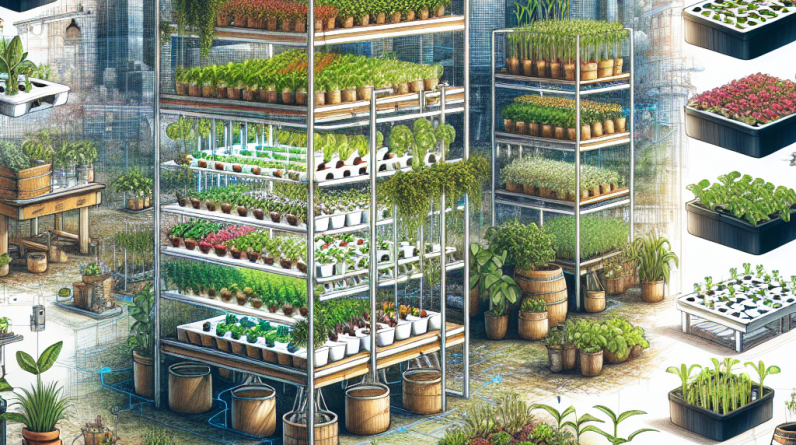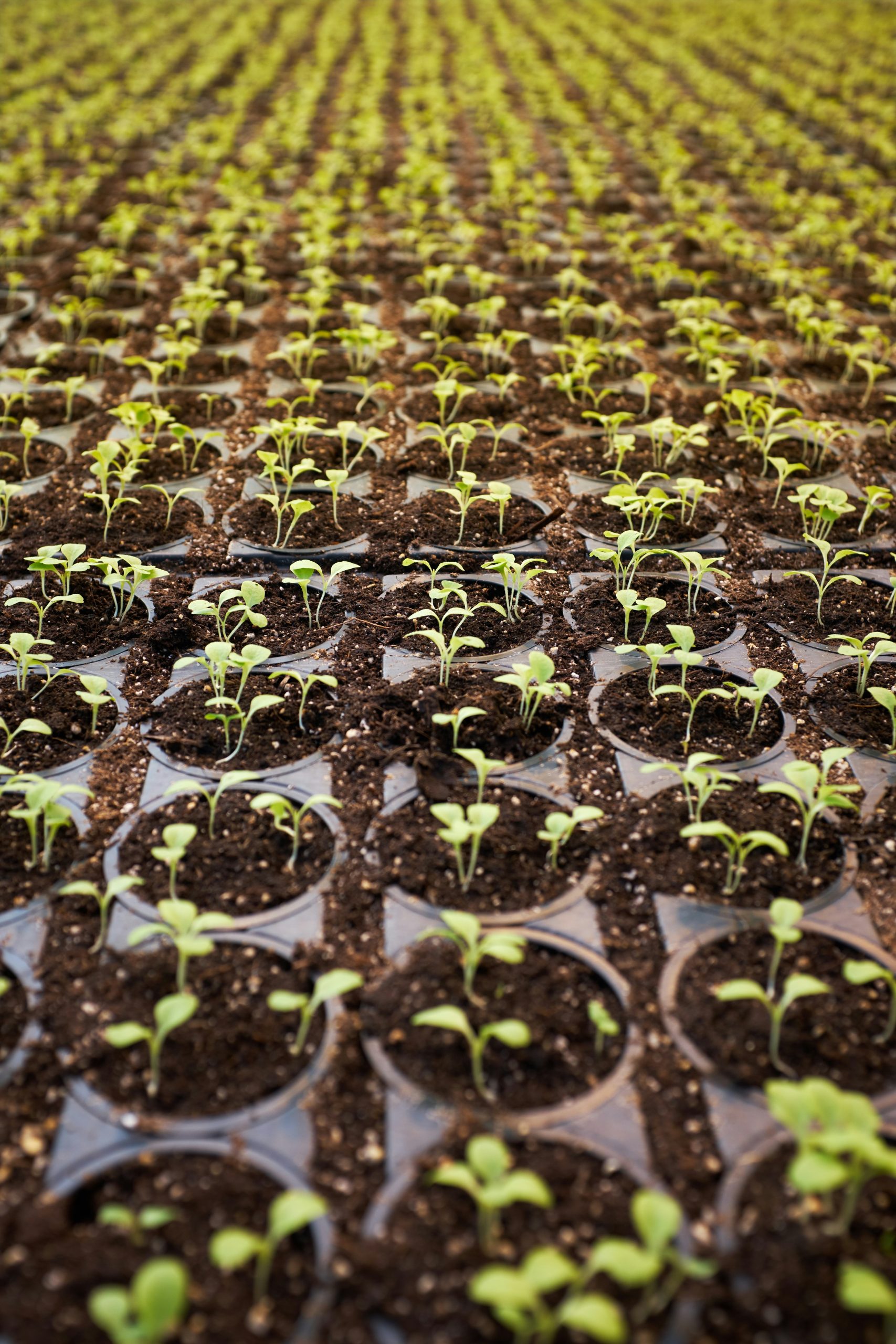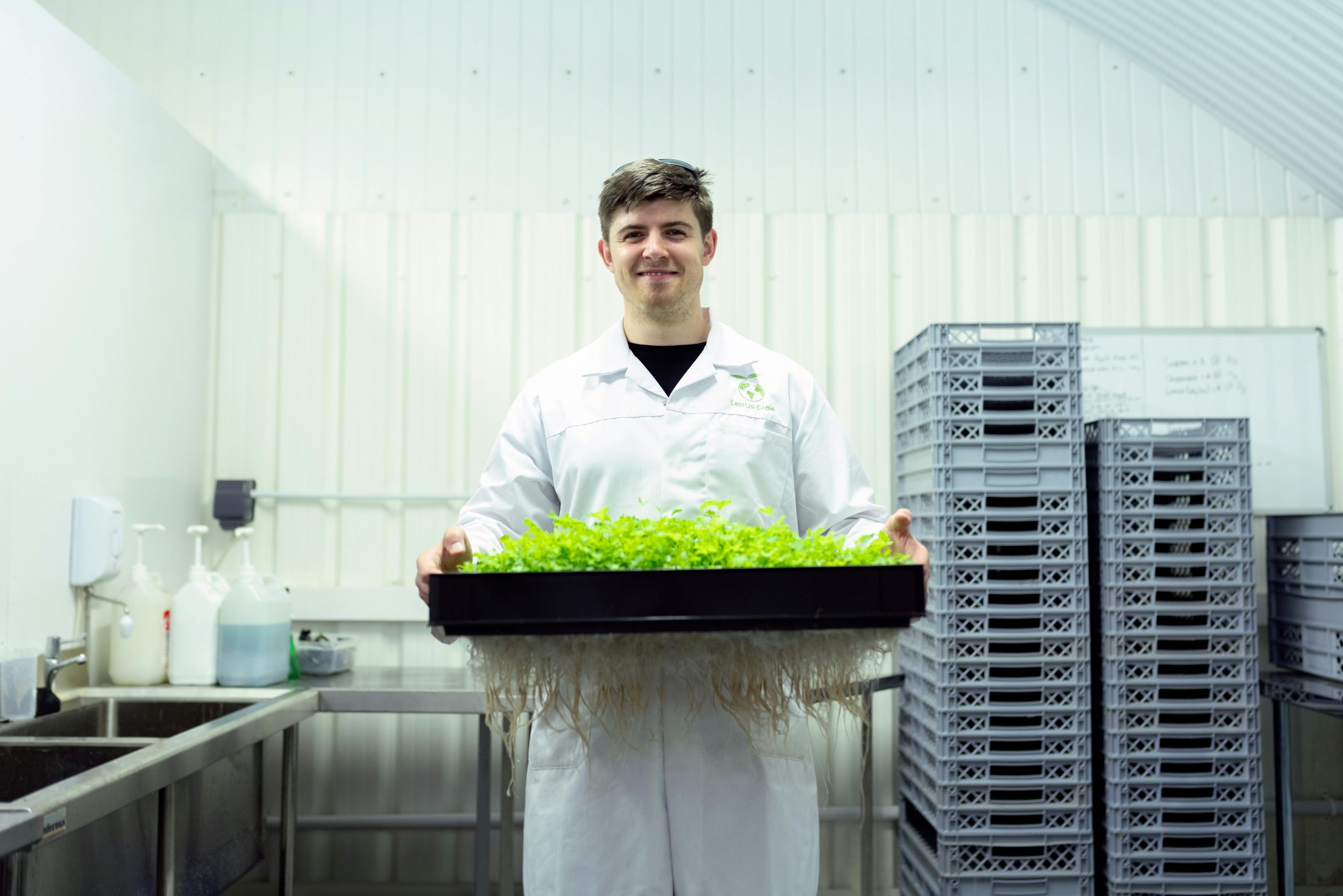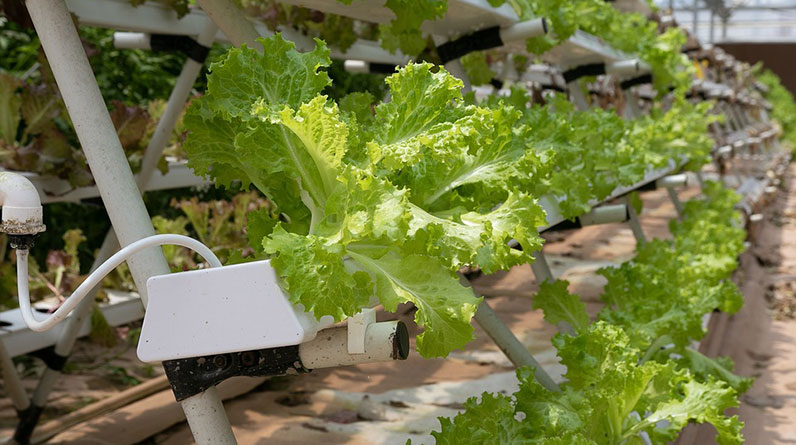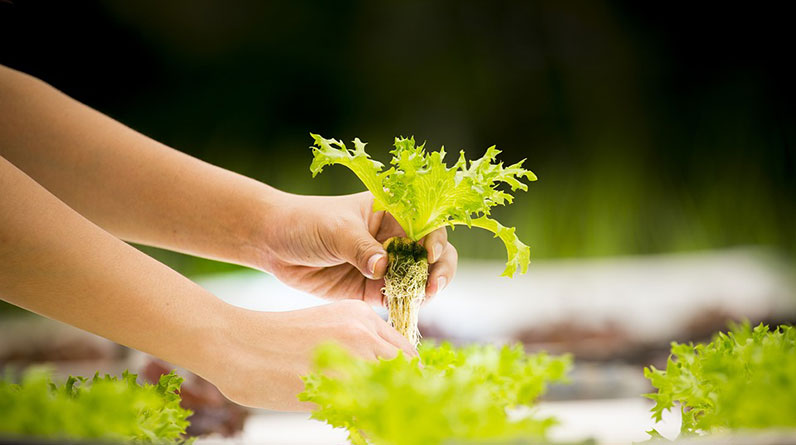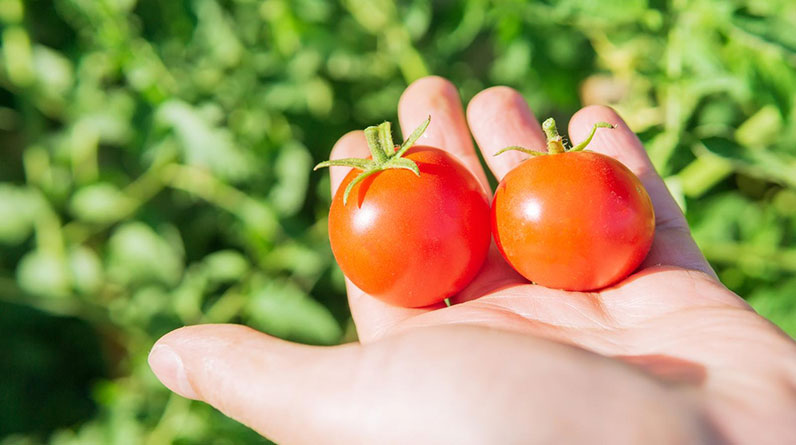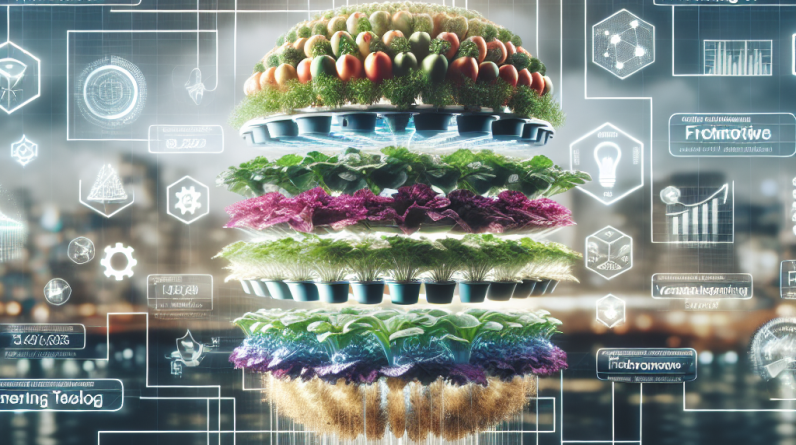
Table of Contents
- Introduction to Hydroponic Food Production in 2025
- Understanding the Basics of Hydroponic Systems
- Innovative Hydroponic Technology Trends for 2025
1. Introduction to Hydroponic Food Production in 2025
The Rise of Hydroponic Food Production
In 2025, hydroponic food production continues to revolutionize how we grow fruits, vegetables, and herbs. As urban populations grow and climate challenges intensify, this soil-less cultivation method offers a sustainable and efficient solution. Hydroponic systems enable growers to maximize yields in limited spaces while reducing water usage by up to 90% compared to traditional farming.
Companies and hobbyists alike are embracing hydroponic food production because it allows year-round cultivation regardless of outdoor weather conditions. This consistency ensures fresh produce availability for local markets and consumers, reducing reliance on imported goods. The versatility and scalability make hydroponics an essential component of the future food system.
Whether you’re a small-scale gardener or a large vertical farm operator, understanding the core principles of hydroponic food production in 2025 is vital. This guide aims to provide actionable insights and latest trends to help you succeed in this rapidly evolving industry.
2. Understanding the Basics of Hydroponic Systems
Types of Hydroponic Systems
Hydroponic food production utilizes several system types, each suited for different scales and crop types. The most common are Nutrient Film Technique (NFT), Deep Water Culture (DWC), and Aeroponics. Each system has its pros and cons, and selecting the right one depends on your space, budget, and crop needs.
In 2025, hybrid systems are also gaining popularity, combining elements of traditional systems with new tech like automated nutrient delivery. These innovations improve efficiency and reduce labor costs. For example, NFT systems are perfect for leafy greens due to their rapid growth cycles, while aeroponics suits high-value crops like strawberries and herbs.
Understanding how each system works helps growers optimize conditions, improve yields, and minimize resource waste. Experimenting with different configurations can also lead to discovering hybrid setups that offer the best performance for your specific environment.
Key Components of a Hydroponic System
A typical hydroponic food production setup includes a light source, nutrient delivery system, growing medium, water reservoir, and environmental controls. In 2025, these components are becoming smarter and more integrated with IoT technology, enabling real-time monitoring and adjustments.
Good management of each component ensures optimal plant growth. For instance, integrating sensors to monitor pH, EC (electrical conductivity), and moisture levels helps maintain ideal conditions without manual checks. Automation reduces labor and increases precision, leading to higher yields and healthier crops.
Investment in quality components can seem costly initially but pays off through improved crop safety and reduced resource expenditure. With continuous advancements, future systems will be even more user-friendly and accessible to small-scale growers.
3. Innovative Hydroponic Technology Trends for 2025
Smart Farms and IoT Integration
One of the biggest trends in hydroponic food production in 2025 is the adoption of smart farming technology. IoT sensors and automation systems now enable growers to monitor environmental parameters remotely. This data-driven approach reduces waste, conserves resources, and maximizes crop output.
For example, real-time pH adjustments and automated nutrient dosing are becoming standard in high-end systems. Farm management software integrates all data streams, providing actionable insights for operators. This connectivity allows small growers and large enterprises to operate efficiently with minimal manual intervention.
Adopting these smart technologies helps increase overall productivity and promotes sustainable practices aligned with the global push for greener agriculture.
4. Sustainable Nutrient Management in 2025
Optimizing Nutrient Use and Recycling
In 2025, sustainability is at the forefront of hydroponic food production strategies. Efficient nutrient management not only reduces costs but also minimizes environmental impact. Techniques like closed-loop systems enable growers to recycle water and nutrients, drastically decreasing waste.
Research shows that precise nutrient delivery tailored to crop stages enhances growth while reducing excess runoff. Incorporating organic nutrients and biodegradable solutions is also gaining popularity among eco-conscious producers.
On-farm composting and bio-waste recycling further boost sustainability efforts. The goal is to establish a circular nutrient ecosystem that ensures plant health and reduces dependence on synthetic fertilizers.
5. Climate Control and Environmental Optimization
Advanced Lighting and Ventilation Systems
Maintaining optimal climate conditions is critical for successful hydroponic food production. In 2025, growers are leveraging advanced LED lighting systems that mimic natural sunlight, promoting healthy photosynthesis and rapid plant growth.
Ventilation and HVAC systems are similarly evolving, featuring smart controls that adjust airflow, temperature, and humidity automatically. Proper environmental management reduces disease incidence and enhances crop quality.
Automation allows for precise control, minimizing energy consumption and ensuring consistency across large-scale operations. Learning how to fine-tune climate conditions can lead to healthier, tastier produce and higher yields.
6. Pest and Disease Management
Integrated Pest Management (IPM) Strategies
Organic and chemical-free pest control methods are increasingly important in 2025’s hydroponic food production. Using biological controls, such as beneficial insects or microbial solutions, helps keep pests at bay without compromising crop safety.
Closely monitoring plant health with sensors and visual inspections facilitates early detection of diseases. Implementing quarantine zones and maintaining proper sanitation further reduces risks.
Educating growers on disease identification and management techniques ensures resilient crops. Combining these methods with environmental controls creates a holistic approach to pest and disease management.
7. Crop Selection and Plant Varieties for 2025
High-Yield and Fast-Growing Crops
Choosing the right crops is vital for maximizing hydroponic food production in 2025. Leafy greens like lettuce and spinach remain popular due to their rapid growth cycles, while strawberries and cherry tomatoes are high-value crops with good profitability.
Breeding programs have developed varieties specifically suited for hydroponic systems, offering improved disease resistance, flavor, and shelf life. Selecting crops with high water and nutrient efficiency can boost overall productivity.
Crop diversity also reduces risks associated with market fluctuations and pest outbreaks. Experimenting with specialty herbs or microgreens can diversify income streams for growers in 2025.
8. Economic Considerations and Investment Strategies
Cost Analysis and ROI Predictions
Investing in hydroponic food production requires careful financial planning. Initial setup costs include equipment, infrastructure, and automation technology, but ongoing operational costs are often lower than traditional farming.
Data from industry reports show that well-designed hydroponic systems can deliver a return on investment within 2-5 years, depending on scale and crop choice. Planning for energy and nutrient costs is crucial for profitability.
Seeking grants, subsidies, or partnerships can offset initial expenses. Evaluating market demand and building local supply chains ensure sustained revenue streams.
9. Future Outlook and Emerging Opportunities in 2025
Vertical Farming and Urban Agriculture
The future of hydroponic food production is closely linked with vertical farming and urban agriculture initiatives. In 2025, these methods are expanding, enabling fresh produce to be grown in city centers, reducing transportation costs and carbon footprints.
Innovations in modular systems and scalable designs make it easier for urban dwellers to participate in locally grown food. Additionally, integrating renewable energy sources further enhances sustainability.
Emerging markets like space agriculture and extraterrestrial farming also hold potential for hydroponics, with experiments already underway on the International Space Station.
Conclusion
As we’ve explored, hydroponic food production in 2025 is at the forefront of sustainable, innovative, and efficient agriculture. From advanced systems and smart technology to sustainable nutrient practices and urban farming methods, the opportunities are vast. Embracing these strategies ensures you stay competitive and contribute to a greener future.
If you want to capitalize on the latest trends, understanding and implementing effective hydroponic food production strategies is essential. This evolving field offers a path to profitable, sustainable, and resilient food systems that are crucial for meeting global demand in 2025 and beyond.
FAQs
- 1. What is hydroponic food production?
- Hydroponic food production is the method of growing plants without soil, using nutrient-rich water solutions. This approach allows for efficient resource use and faster crop growth.
- 2. How can I start hydroponic food production at home?
- Begin with a simple system like Nutrient Film Technique (NFT) or Deep Water Culture (DWC). Use quality nutrients, proper lighting, and environmental controls. Start small, learn, and expand over time.
- 3. What are the main benefits of hydroponic food production?
- Benefits include higher yields, less water usage, fewer pests, and the ability to grow year-round. It also reduces the need for pesticides and soil inputs.
- 4. What are the latest trends in hydroponic food production for 2025?
- In 2025, trends include IoT integration, sustainable nutrient recycling, vertical farming, and urban hydroponic farms that emphasize sustainability and automation.
- 5. Is hydroponic food production profitable in 2025?
- With proper planning, market analysis, and efficient systems, hydroponic food production can be highly profitable, often yielding a quick return on investment within a few years.



